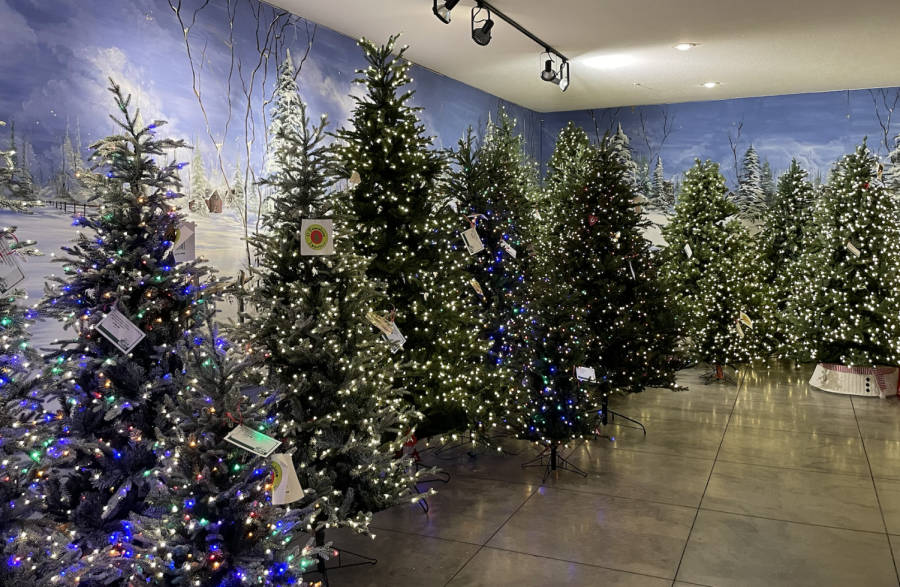When it comes to American culture, specifically how Americans celebrate holidays, bigger is better. The most concentrated holiday season is right around the corner as 2022 comes to a close.
The extravagant celebrations of American holidays originate with consumerism. Companies throughout the nation recognize that consumers are willing to pay the big bucks when it comes to celebrations. Americans spend, on average, $1000 each Christmas alone. To maximize every dollar, companies release new products, change their marketing strategies and decorate their retail stores from top to bottom. In 2021, Christmas holiday sales increased by 14.1%, leading to sales of $109.4 billion in the United States.
The holiday season allows companies to make large sums of money. Money fuels the expansion and publicity of consumer participation, which then increases profit. This constant cycle increases holiday participation not only in the United States but in other countries throughout the world. In the United States, 93% of Americans celebrate Christmas despite only 64% of Americans identifying with the Christian faith.
Due to the economic influence on holidays, some people believe other holidays do not receive the publicity they should. Arissa Khan, a practicing Muslim, celebrates Eid-al-Fitr and Eid-al-Adha. These holidays don’t often attract the attention of producers since these holidays are not lucrative.
“I think it’s important for people to know about the diversity in this country and the different religious and cultural backgrounds that America harbors,” Khan stated.
America has taken celebrations and expanded its participation through successful marketing. Halloween embodies the American culture of celebration. Halloween originated as a result of Celtic beliefs in Ireland and Scotland that fairies and spirits of the underworld would walk among them. This idea was taken and transformed into the holidays of All Saints Day and Day of the Dead. The day before, was known as All Hallows’ Eve, which has now become Halloween
America took this holiday of celebrating the deceased and publicized it through candy, costumes, trick-or-treating and haunted houses. Other countries were looking at these new customs of Halloween. Since then, France and many other countries and cultures have embraced these US Halloween traditions.
Kathleen McCunn, a Pleasant Valley High School french teacher, stated, “When I lived [in France], we had a whole week off of school for the families to have time together. But who doesn’t like to dress up and beg for candy? Blockbuster movies promoted our Halloween culture that became popular in France and spread the fun of trick or treating.”
Christmas is also on the rise in other countries that do not primarily practice Christianity. Only 1% of Japan’s residents practice Christianity, yet the influence of American culture is inescapable as Japan adopts US Christmas traditions such as baking, presents, trees and shopping. To profit off the rise of Christmas, Kentucky Fried Chicken offered a Christmas party bucket that is now rooted in Japanese Christmas culture.
The United States serves as a hub for the expansion of holiday traditions. As the incentive of profit fuels more products pertaining to these holidays, traditions and customs will only become more extravagant.









